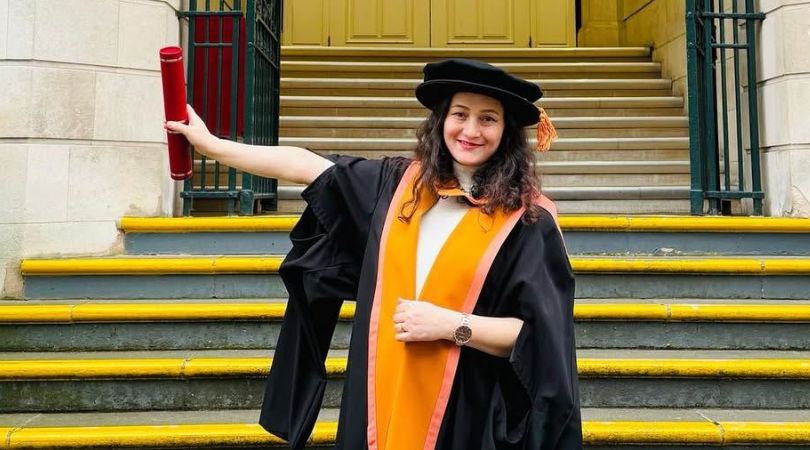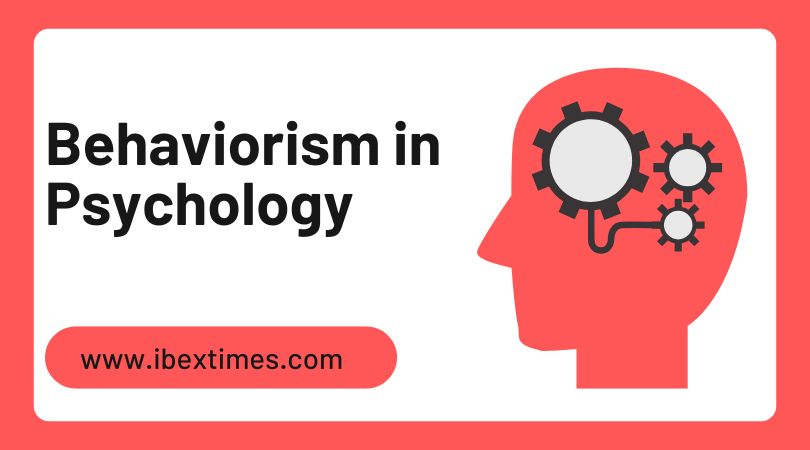By Anita Saleem
Parents and teachers both emphasize the cultivation of higher-order thinking skills as part of teaching-learning process, recognizing their pivotal role in achieving multifaceted goals in life. The term ‘higher-order thinking skills’ encompasses a spectrum of abilities i.e. critical thinking, analytical prowess, decision-making, and problem-solving abilities that serve as invaluable assets, propelling individuals forward in both their professional and personal spheres.
The pressing question then becomes: How can we effectively nurture these skills in the youth?
In their attempt to instil these skills in students, the teachers employ a number of teaching strategies such as brainstorming activities, group work, class discussions, and experiential learning, etc. as part of their classroom instruction.
Employing case studies encourages learners to evaluate problems, find solutions, and make decisions through discussions
Anita Saleem
In contradiction to the traditional didactic method of teaching, different researches emphasize teachers to adopt the role of facilitators. They are supposed to make efforts to create opportunities that kindle curiosity among students, prompting them to investigate concepts independently through posing questions.
One of such strategies that can befittingly cater to the in depth learning needs of students is the use of case studies in classroom instruction.
A case study is a student-centered teaching strategy where students examine a real-life issue within a specified context, allowing for a multidisciplinary approach that bridges theoretical concepts and practical application.
The effectiveness of case studies lies in their ability to cultivate collaboration among learners, allowing them to understand situations from diverse perspectives and relate them to real-life contexts. This, in turn, empowers students to employ logic as they attempt to explain and interpret situations
The effectiveness of case studies lies in their ability to cultivate collaboration among learners, allowing them to understand situations from diverse perspectives and relate them to real-life contexts.
Anita Saleem
In other words, the employment of case study as a teaching-learning strategy encourages learners to evaluate the root causes of problems, find solutions, and make decisions through consensus-building discussions.
The practical utility of this strategy extends beyond the classroom setting, offering tangible benefits in daily life.
- It assists youngsters in drawing connections between various case studies and their own experiences, enhancing problem-solving abilities.
- Students gain insights from multiple perspectives, broadening their understanding of complex issues.
- The method facilitates the development of analytical skills, enabling students to think critically and reflect on different aspects of a situation.
- As students learn to analyze situations, they become active participants in classroom discussions, justifying their stances with rational and logical reasoning.
To conclude, the use of case studies in classroom activities helps teachers to develop higher cognitive skills in students thus equipping them with the confidence required to navigate the challenges of their professional and personal lives with subtlety and resilience.
The contributor of this post is a former social studies teacher who is currently associated with Aga Khan University Examination Board as specialist Humanities. She can be reached at anita.subhawaria@gmail.com














